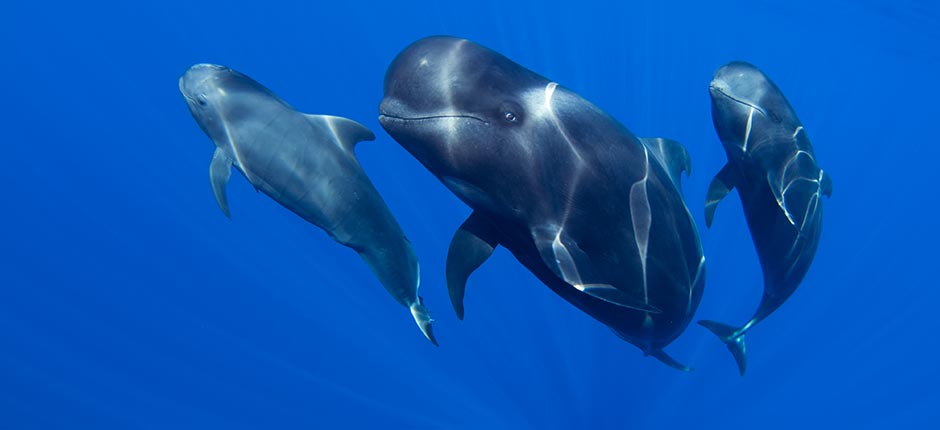Dolphin and whale watching in Gran Canaria is one of the island's great attractions, despite being one of the least known. In fact, thanks to the richness of the seabed, cetacean watching is a different plan to enjoy this "miniature continent" in an alternative way.
Cetacean watching in Gran Canaria
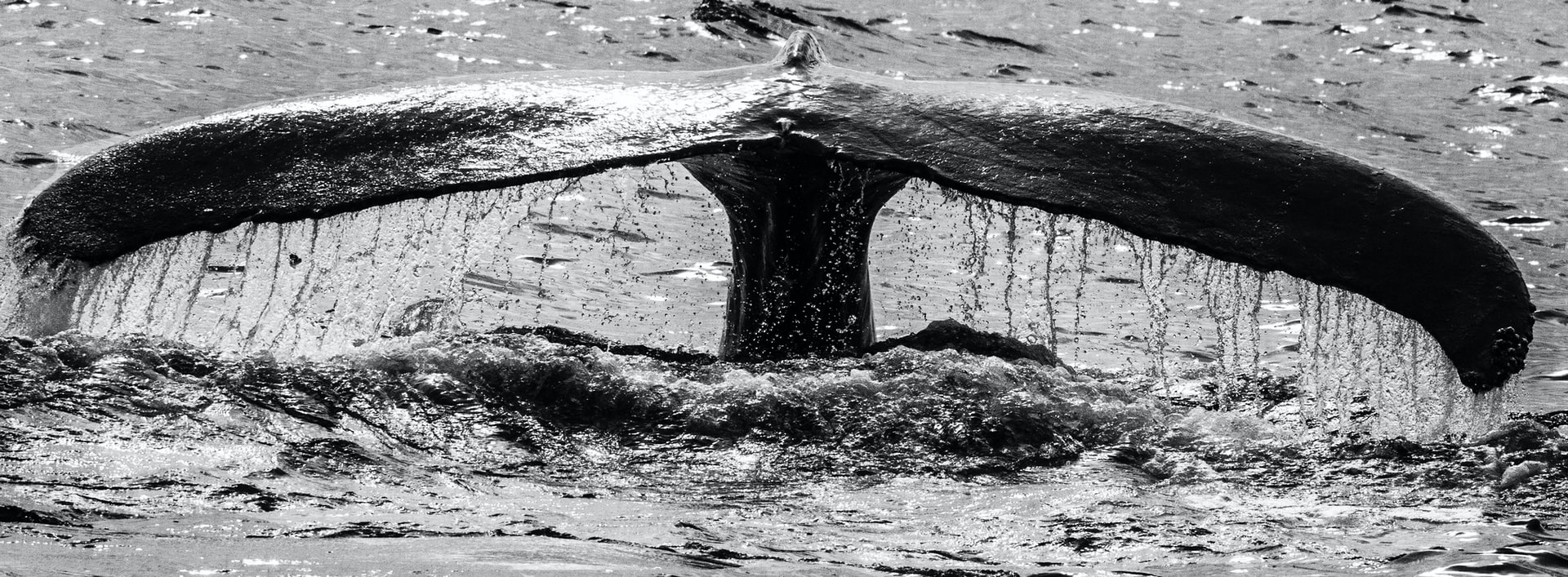
As proof of the importance of whale and dolphin watching in Gran Canaria, the preamble of Decree 320/1995, which regulates cetacean watching activities in the Canary Islands, states the following:
“The observation of cetaceans in their environment is not a negative activity in itself and can play an important role in conservation and environmental education. However, problems begin to arise when there is a disproportionate increase in the number of vessels carrying out these activities. The issue is not the activity itself, but how it is carried out”.
These animals are threatened by habitat degradation, pollution from heavy metals, organochlorines, noise pollution, accidental catches in various fishing gears, overexploitation of fishing resources or poorly conducted observation of them.
This causes them the stress of being harassed by multiple boats that can disperse their groups or cause them to be cornered, as well as the reckless approach of boats that can hit and injure them.
Unfortunately, the development of tourism in certain areas of the island has caused an increase in the demand for recreational activities, with numerous companies offering whale and dolphin watching trips in Gran Canaria.
So, you should only trust those authorised boats that carry the “Blue Boat” label to be completely sure that they comply 100% with the laws that guarantee a full and happy life for the marine animals that surround Gran Canaria.
What species of whales and dolphins you can see in Gran Canaria
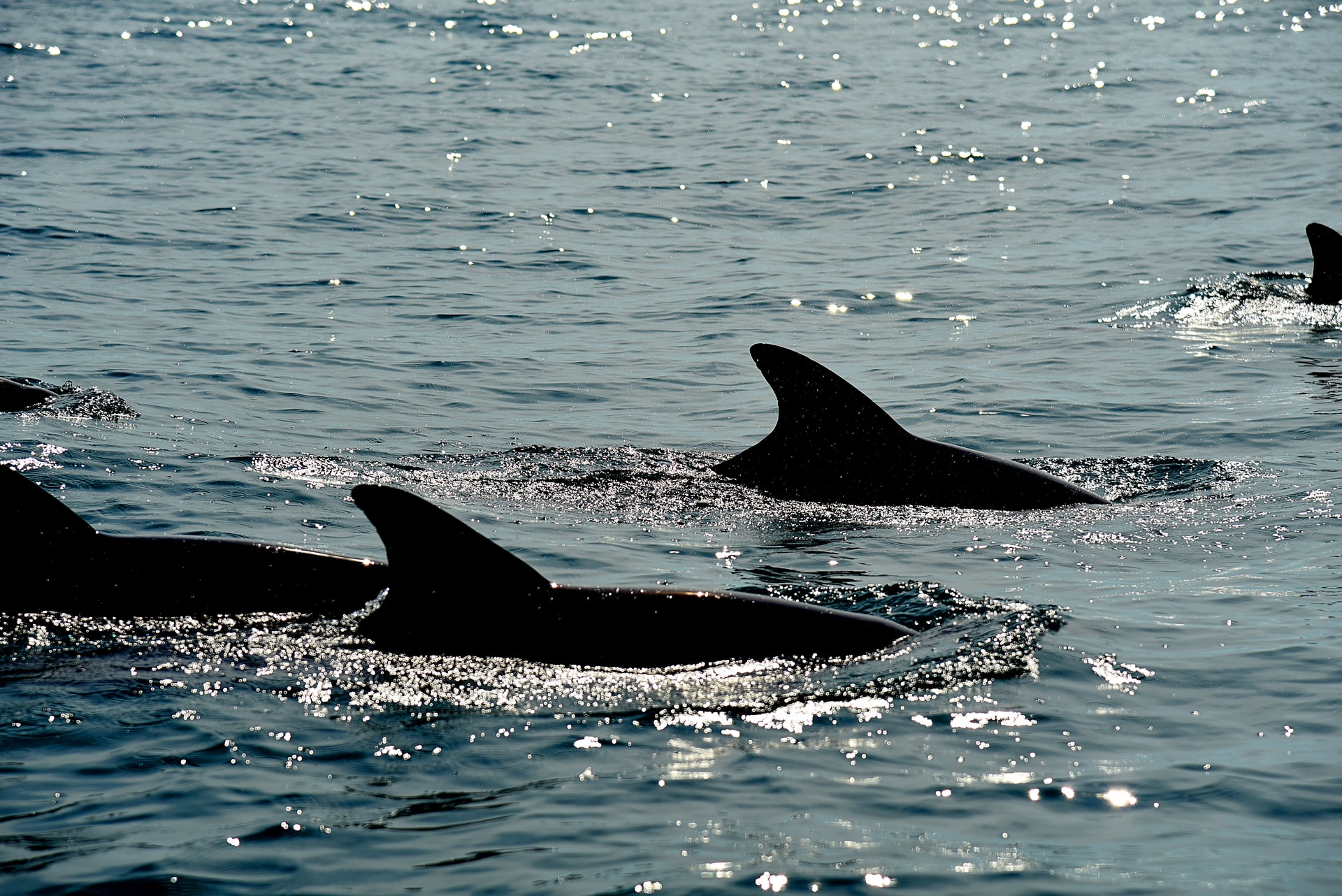
Up to 21 different species can be found in the island's waters. However, distinguishing one species from another in the open sea, and with the naked eye, can be difficult, especially if they aren’t close to the boat.
Resident cetacean species in Gran Canaria: all year round in a fixed area
- Bottlenose dolphin (Tursiops truncatus): this is the most famous species of dolphin and can be easily found very close to the coast of Gran Canaria. Their average size is 2.7 metres for males and 2.5 metres for females, although the oldest dolphins are even larger than 3 metres. They live in groups of 10 to 30 specimens and have a dark grey colour on the back that gradually fades towards the lower areas.
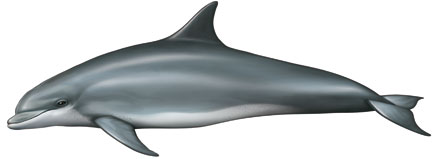
- Pilot whale (Globicephala macrorhynchus): also called “Short-finned pilot whale”, it belongs to the family of delphinidae. It is a cetacean with teeth (odontocete) and its name is due to its large size.
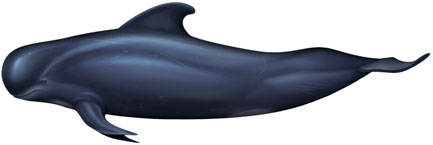
Sporadic cetacean species in Gran Canaria: all year round infrequently
- Atlantic spotted dolphin (Stenella frontalis): this species is characterised by the speckles that cover most of its skin as an adult. They form large groups and behave very actively. They can be observed more frequently from autumn to late spring.
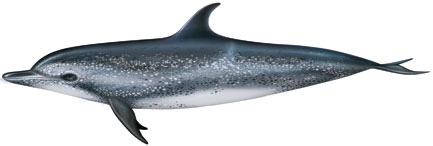
- Rough-toothed dolphin (Steno bredanensis): the grooves on its teeth and its elongated skull are its most representative characteristics. It is darker than the bottlenose dolphin and its spots are lighter. They are distributed in groups of 6 to 10 individuals.

- Bryde's whale (Balaenoptera edeni): it is similar in appearance to the minke whale, although it is smaller and more robust and has a unique characteristic: its three dorsal carinae or crests instead of a central one. The length in males is 13.7 m and in females 14.5 m, with a maximum length of 15 m. The back is dark bluish-grey to metallic grey, with lighter flanks and a light throat and belly.

- Striped dolphin (Stenella coeruleoalba): its bluish colouration and stripes (stripes) from the eyes to almost the tail make it very easy to identify. It sometimes flees from boats, although it is a very fast swimmer and likes to jump out of the water.

- Risso’s dolphin (Grampus griseus): also called Monk dolphin, it is morphologically very similar to the short-finned pilot whale, with the difference being the grey colour of its skin (almost white in some adult specimens) and the contrast with the dorsal fin, which remains dark.
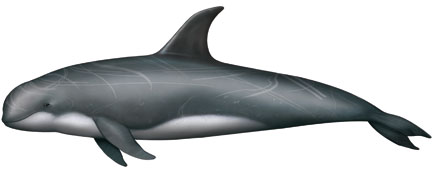
- Sperm whale (Physeter macrocephalus): also called cachalot, it is the largest of the odontocete species, equal in size to whales. It has a huge head, dark striated skin and a small dorsal fin. It dives for more than an hour to search for food at depths of more than 2,000 metres. It is most commonly seen in spring.

Seasonal/migratory cetacean species in Gran Canaria: at some time of the year
- Short-beaked common dolphin (Delphinus delphis): the common dolphin is also present in the waters surrounding the island. It is easily identified by the special yellowish colouration on its flanks, although it is in winter when they are most visible.

- Fin whale (Balaenoptera physalus): colouring is the most distinctive characteristic of this species. Its dorsal and lateral body is black or dark grey-brown, changing progressively to white towards the ventral area. However, the colour on the head is asymmetrical. The right side of the face is light grey and the jaw is white, as is the rest of the colouring of the throat and belly. The left half of the face is darker, with the jaw and part of the throat dark grey. In addition, there are transverse discolourations on the back behind the head.

- Sei whale (Balaenoptera borealis): the sei whale reaches 17.1 m for males, 18.6 m for females and can weigh up to 25 tonnes. It is similar to the Bryde's whale, but larger, darker and more slender, with a single rostral carina. Its head is of similar proportions to the fin whale, but narrower and with a well-defined ridge. Its general colouring is dark grey or brown, sometimes similar to galvanised metal, with the exception of the ventral area, which is whitish and variable in extent.

- False killer whale (Pseudorca crassidens): has a slender body with a dorsal fin that reaches a height of about 30 cm. A distinguishing feature is its characteristic curve and bulge (called an "elbow") halfway along its fins. It has a uniform colour (dark grey to black). It is a sociable animal that lives in groups of 10 to 50 individuals.

Rare cetacean species in Gran Canaria
- Blainville's beaked whale or Dense-beaked whale (Mesoplodon densirostris)
- Cuvier's beaked whale or Goose-beaked whale (Ziphius cavirostris)
- Gervais's beaked whale, Antillean beaked whale, Gulf Stream beaked whale, or European beaked whale (Mesoplodon europaeus)
- Pygmy sperm whale (Kogia breviceps)
- Fraser's dolphin or Sarawak dolphin (Lagenodelphis hosei)
- Blue whale (Balaenoptera musculus)
- Humpback whale (Megaptera novaeangliae)
- Common minke whale or Northern minke whale (Balaenoptera acutorostrata)
- Killer whale or Orca (Orcinus orca)
Best place for cetacean watching in Gran Canaria
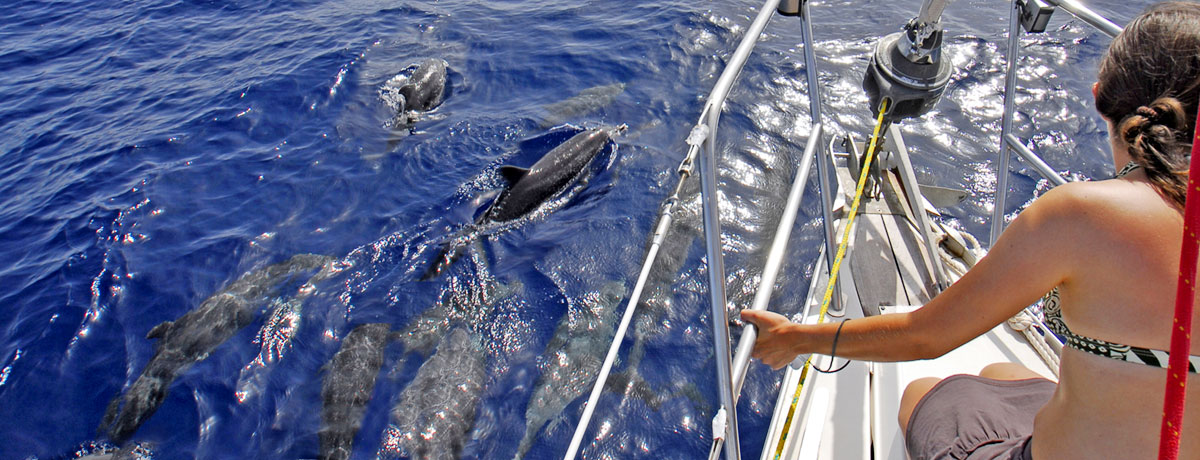
For whale and dolphin watching in Gran Canaria, the best thing to do is to choose one of the companies that offer this type of service with maximum safety guarantees for both passengers and animals. Some of them are the following, all of them based in the southern town of Puerto Rico:
- Bahía Cat
- Dolphins Cat
- Funny Day Uno
- Multiacuatic
- Spirit of the Sea
- Supercat Uno
